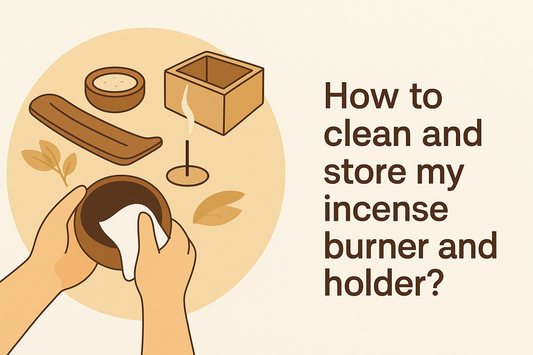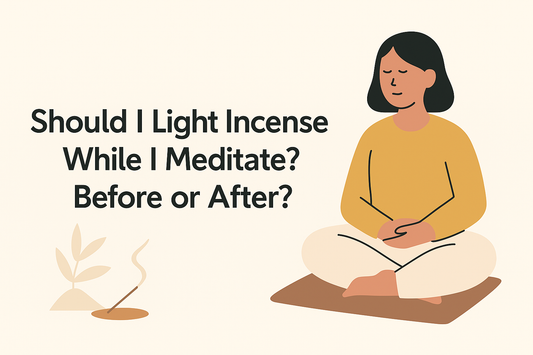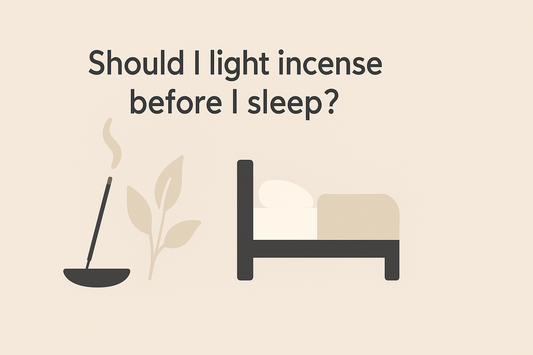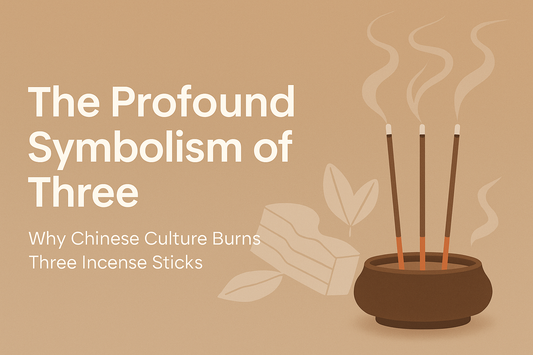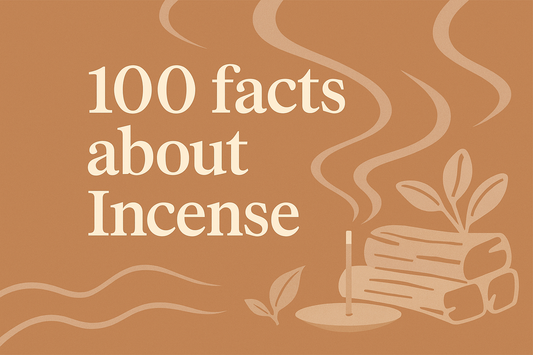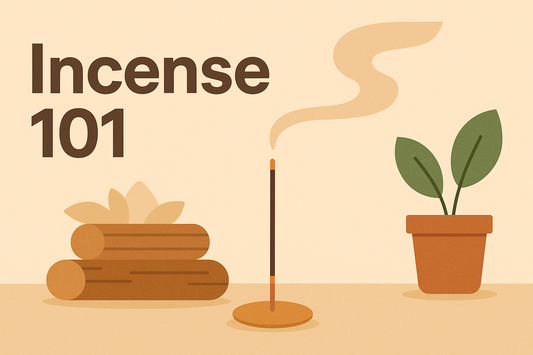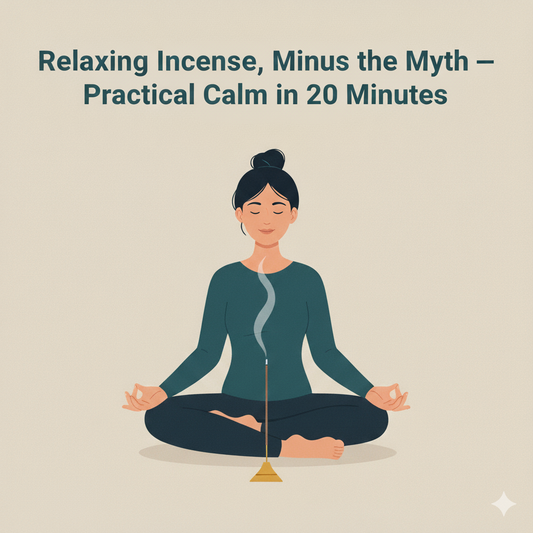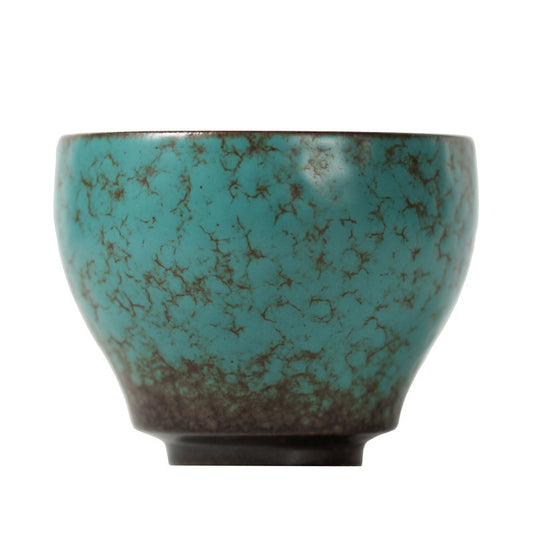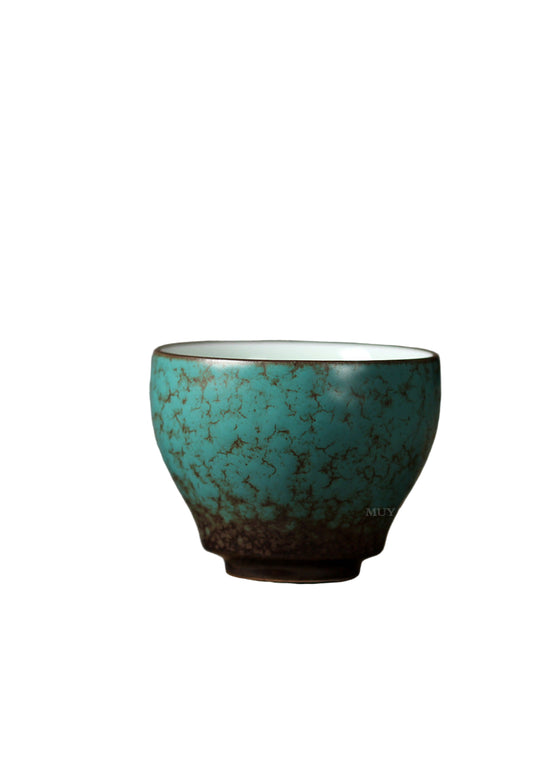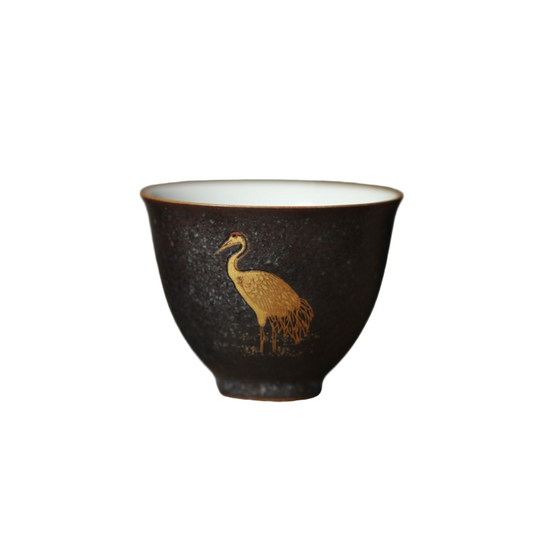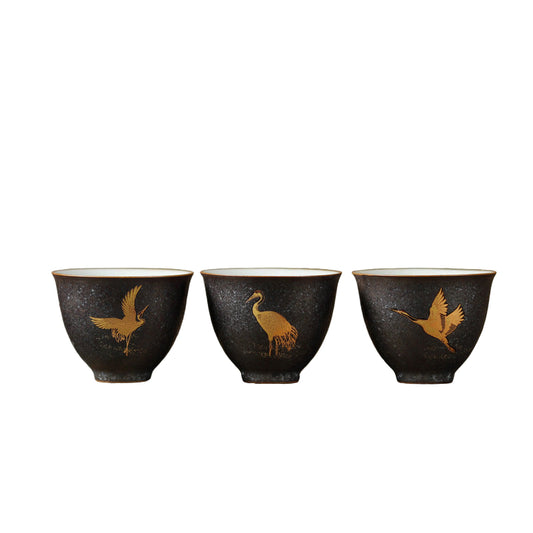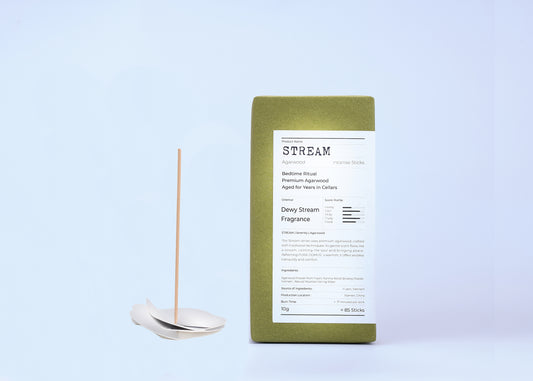
Emotional Healing through Traditional Incense: A Scented Path Back to Balance
When emotions feel heavy and words fall short, the body still remembers how to breathe.
Across centuries, the scent of incense has accompanied that breath—not as a distraction, but as a quiet witness. In Traditional Chinese Medicine (TCM) and other ancestral healing systems, incense is more than fragrance—it is a companion to feeling. Carefully chosen, each wood, resin, or flower supports a different layer of the spirit.
Scent as a Bridge Between Emotion and Energy
In TCM, emotions are not separate from the body—they’re stored within it. Grief rests in the lungs, anger in the liver, joy and sorrow in the heart, fear in the kidneys. When used with awareness, incense becomes a bridge: gently clearing, balancing, and bringing presence back to the breath and body.
Incense for Grief and Sadness
Grief is not a puzzle to solve—it asks to be softened. Incense such as sandalwood, white sage, or frankincense can help open the chest and calm the breath, making space for emotion without urgency.
Suggested ritual: Burn during early morning stillness or a moment of quiet reflection. Let the scent rise like a gentle exhale.
Incense for Anger and Frustration
Anger carries momentum—it wants to move, to shift. Resins like dragon’s blood or grounding woods like agarwood have been used in TCM to ease liver heat, calm reactivity, and encourage emotional clarity.
Suggested ritual: Light incense during breathwork, creative writing, or after a triggering moment. Let the scent support your return to stillness.
Incense for Fear and Fatigue
Fear often hides beneath exhaustion or mental restlessness. In TCM, the kidneys govern both fear and deep vitality. Incense made with cedarwood, myrrh, or vetiver offers grounded support—rooting the nervous system in safety and slowness.
Suggested ritual: Use before sleep or during evening routines. Breathe slowly. Let your body remember its own strength.
Incense for Anxiety and Overthinking
When thoughts spin and breath becomes shallow, incense can help anchor awareness. Lavender, chamomile, and lotus flower support the heart and spleen—offering softness to the overactive mind.
Suggested ritual: Light incense during journaling, tea, or screen-free moments. Let scent return you to now.
Emotional Healing as a Daily Ritual
Healing does not require perfection—only presence. One stick of incense, lit with intention, can mark the transition from reaction to reflection. Not as cure, but as quiet company on the way home to yourself.
Each scent is a gentle reminder: you are safe to feel. Safe to rest. Safe to begin again.
FAQs
- Can incense really affect emotions?
- Yes. Natural incense stimulates the brain’s limbic system—regulating memory, emotion, and mood.
- What incense is best for calming anxiety?
- Lavender, chamomile, agarwood, and lotus are known to soothe anxious states and support emotional clarity.
- How often should I use incense for emotional support?
- There’s no strict rule—daily use during intentional moments (like morning quiet or evening grounding) is common.
- Is incense safe for regular use?
- Yes, when using high-quality, natural incense in a well-ventilated space. Avoid artificial fragrances and heavy additives.

